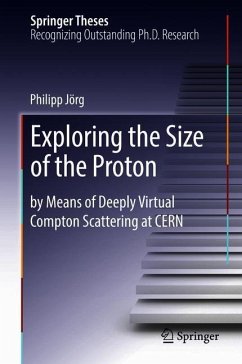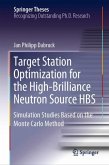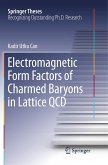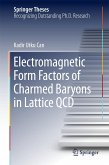This book is a rare jewel, describing fundamental research in a highly dynamic field of subatomic physics. It presents an overview of cross section measurements of deeply virtual Compton scattering. Understanding the structure of the proton is one of the most important challenges that physics faces today. A typical tool for experimentally accessing the internal structure of the proton is lepton-nucleon scattering. In particular, deeply virtual Compton scattering at large photon virtuality and small four-momentum transfer to the proton provides a tool for deriving a three-dimensional tomographic image of the proton. Using clear language, this book presents the highly complex procedure used to derive the momentum-dissected transverse size of the proton from a pioneering measurement taken at CERN. It describes in detail the foundations of the measurement and the data analysis, and includes exhaustive studies of potential systematic uncertainties, which could bias the result.
Bitte wählen Sie Ihr Anliegen aus.
Rechnungen
Retourenschein anfordern
Bestellstatus
Storno








